“What if one simple set of exercises could improve bladder control, enhance intimacy, support your posture, and even ease childbirth recovery?”
That’s the power of pelvic floor training. Often overlooked, the pelvic floor muscles are the foundation of a woman’s core health—impacting everything from stability to sexual function to long-term wellness. Yet, many women aren’t even aware they exist until issues arise.
In this guide, you’ll discover the most effective exercises to strengthen your pelvic floor, why they matter, how to perform them correctly, and tips to make them part of your lifestyle. Let’s dive into your body’s secret strength.
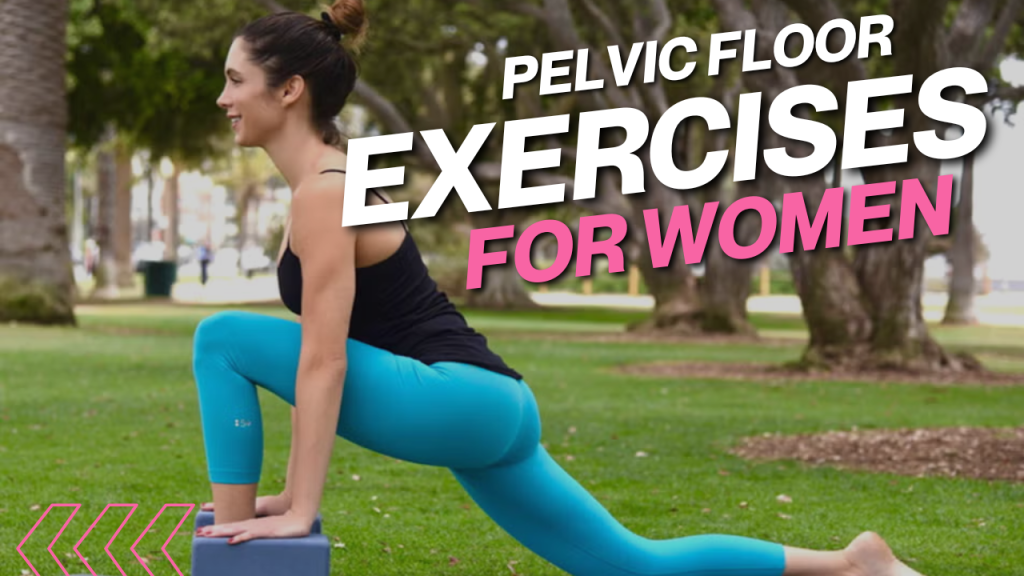
Table of Contents
Perks of Doing Pelvic Floor Exercises
Incorporating pelvic floor exercises into your daily routine offers a wide range of health benefits for women at every stage of life. Here’s why these simple yet powerful moves are worth your time:
1. Reduces Urinary Incontinence: Pelvic floor exercises, especially Kegels, help strengthen the muscles that control urination—dramatically reducing leaks caused by sneezing, coughing, or exercise.
2. Prepares the Body for Childbirth: Stronger pelvic muscles can improve endurance during labor, lower the risk of tearing, and make post-delivery recovery smoother and faster.
3. Improves Sexual Function: Consistent pelvic training can increase vaginal tone and blood flow, leading to more intense orgasms, improved sensation, and increased sexual confidence.
4. Supports Better Posture and Core Stability: Since the pelvic floor is part of your core system, these exercises enhance balance, posture, and spinal alignment, making other workouts more effective.
5. Prevents Pelvic Organ Prolapse: When pelvic muscles weaken, organs like the bladder or uterus may shift downward. Regular exercises help keep everything in place, reducing the risk of prolapse.
6. Helps with Bowel Control: A strong pelvic floor improves control over bowel movements, preventing accidental leakage or urgency, especially as you age.
7. Enhances Mind-Body Connection: Pelvic floor training increases awareness and control over deep internal muscles, promoting mindfulness, breath control, and internal focus—especially when paired with yoga or Pilates.
8. Gentle & Beginner-Friendly: These exercises are low-impact, safe, and can be done anywhere—making them perfect for all fitness levels, including during pregnancy or postpartum.
What Is the Pelvic Floor and Why It Matters
The pelvic floor is a group of muscles, ligaments, and tissues that form a supportive hammock at the base of your pelvis. These muscles support the bladder, uterus, and bowel and play a crucial role in:
- Urinary and bowel control
- Pregnancy and childbirth
- Sexual sensation and function
- Core stability and posture
Weakness in the pelvic floor can lead to issues like urinary incontinence, pelvic organ prolapse, lower back pain, and reduced sexual satisfaction.
Common Causes of Weak Pelvic Floor in Women
- Childbirth
- Menopause
- Obesity
- Aging
- Chronic coughing or constipation
- High-impact sports without core engagement
Top 7 Pelvic Floor Exercises Every Woman Should Try
1. Kegel Exercises (The Gold Standard)
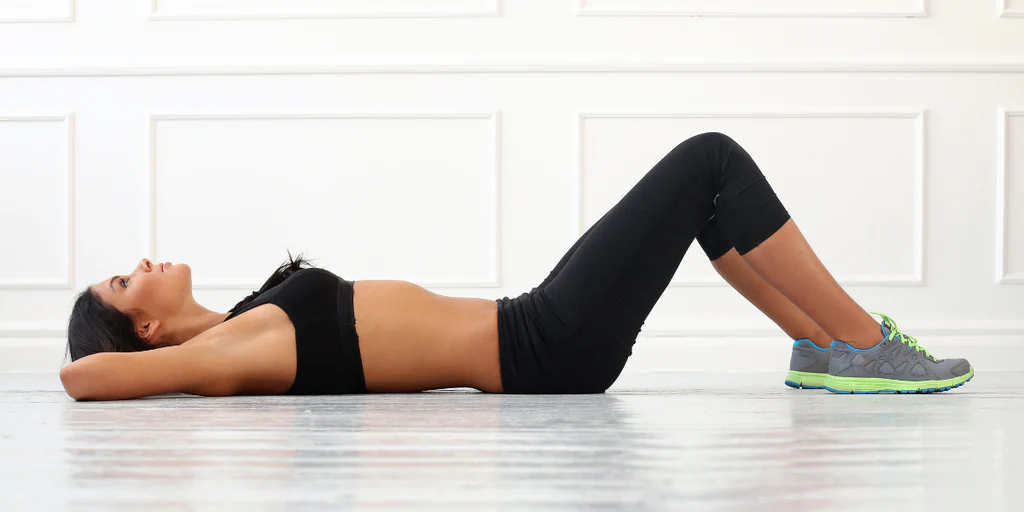
How to do it:
- Sit or lie down comfortably.
- Tighten your pelvic floor muscles (like you’re trying to stop urinating midstream).
- Hold for 3–5 seconds, then release for the same time.
- Repeat 10–15 times per session, 3 times a day.
Tip: Don’t squeeze your abs, thighs, or buttocks—only the pelvic floor.
2. Bridge Pose (Pelvic Tilts)
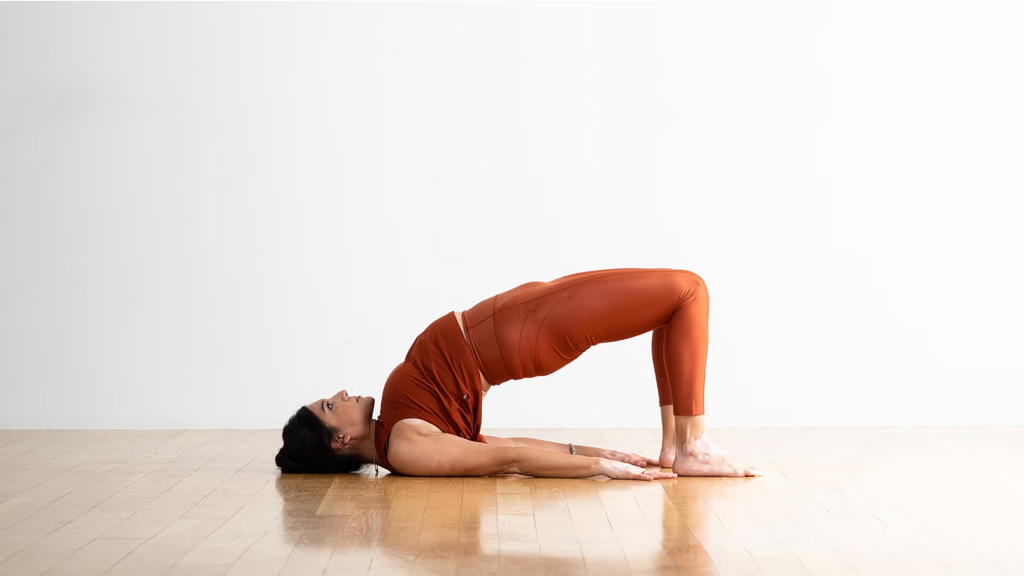
Benefits: It engages the glutes and pelvic floor together.
How to do it:
- Lie on your back with your knees bent and your feet flat.
- Inhale and lift your hips upward.
- Squeeze your pelvic muscles at the top.
- Hold for 5 seconds and lower slowly.
- Repeat 10–15 reps.
3. Squats (With Pelvic Engagement)
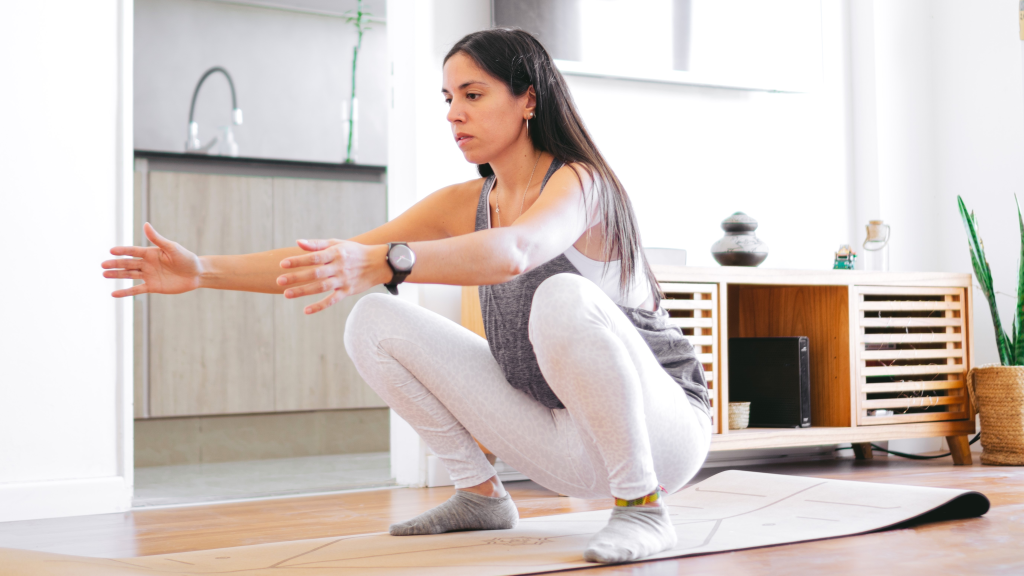
Benefits: Strengthens the lower body and pelvic floor when done consciously.
How to do it:
- Stand with feet shoulder-width apart.
- Lower into a squat position while engaging pelvic muscles.
- Hold for a moment, then rise back.
- Do 2–3 sets of 10 reps.
4. Bird-Dog Exercise

How to do it:
- Start on all fours.
- Extend the right arm and left leg.
- Engage the core and pelvic floor.
- Hold for 5 seconds, then switch.
- Repeat 10–12 reps per side.
Why it works: It builds deep core and pelvic coordination.
5. Heel Slides
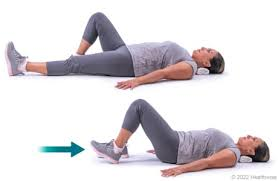
Gentle and great for beginners
How to do it:
- Lie on your back with your knees bent.
- Engage pelvic muscles.
- Slowly slide one heel forward until the leg is straight, then return.
- Alternate legs for 10–12 reps.
6. Wall Sit with Kegel Hold
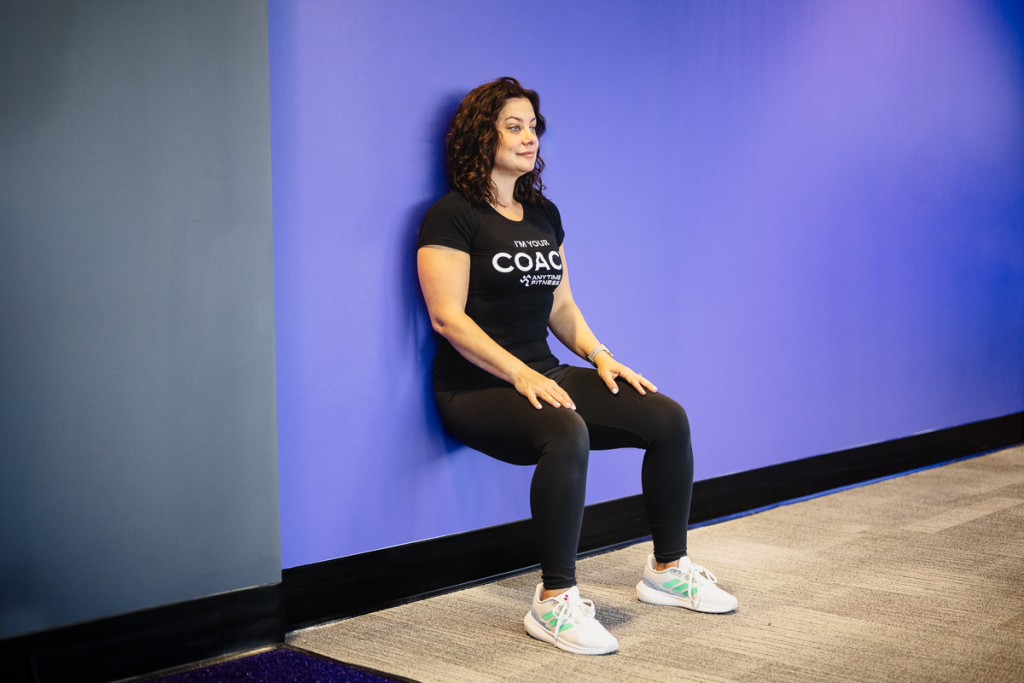
It’s a combo move for static strength
How to do it:
- Stand with your back against the wall.
- Slide down into a squat (knees 90°).
- Engage the pelvic floor and hold for 10 seconds.
- Repeat 5–10 times.
7. Happy Baby Pose (Relax and Release)

Why it matters: Strength is important, but the pelvic floor also needs to relax to function well.
How to do it:
- Lie on your back and grab your feet.
- Gently pull knees toward armpits.
- Breathe deeply, allowing the pelvic floor to soften.
- Hold for 30–60 seconds.
Tips to Maximize Your Pelvic Floor Training
- Consistency is key – Results take time. Daily practice is best.
- Avoid over-tightening – Relaxation is equally important.
- Incorporate breathwork – Exhale while contracting the pelvic floor.
- Avoid doing Kegels during urination – This can lead to incomplete emptying or UTIs.
- Check your posture – A neutral spine helps activate the right muscles.
Unique Bonus: Visualizing Your Pelvic Floor
Imagine the pelvic floor as a trampoline or hammock supporting your organs. When you contract, it lifts gently upward; when you release, it returns to rest. Visualization improves mind-muscle connection and leads to better results.
You can also pair exercises with vaginal weights or biofeedback devices for advanced training, especially post-partum or after pelvic floor therapy.
When to Seek Professional Help
If you experience:
- Pain during exercise or intercourse
- Frequent leaks or urgency
- A heavy feeling in your pelvis
…consult a pelvic floor physical therapist. They’ll assess your specific condition and guide you with personalized care.
Final Thoughts: Reclaim Your Core Strength
Your pelvic floor is more than just a group of hidden muscles—it’s the foundation of your well-being as a woman. Strengthening it can transform how you move, feel, and function. By adding these exercises to your routine, you’re taking a powerful, preventative step toward lifelong health.
Start small, stay consistent, and trust your body. It knows how to heal—and thrive.
Frequently Asked Questions (FAQs)
How do I know if my pelvic floor is weak?
Common signs of a weak pelvic floor include urinary leakage (especially when sneezing, laughing, or exercising), a feeling of heaviness in the pelvis, reduced sexual sensation, and difficulty controlling bowel movements. If you notice any of these, it’s worth starting pelvic floor exercises or seeing a pelvic health specialist.
How often should I do pelvic floor exercises?
For best results, aim to do pelvic floor exercises at least 3 times a day. Start with short sets (10–15 reps per session), and gradually increase duration and intensity as your strength improves.
Can I do Kegels during pregnancy?
Yes! Kegels are safe and often recommended during pregnancy. They can help with labor preparation, bladder control, and faster postpartum recovery. However, always consult your healthcare provider before starting a new routine during pregnancy.
Are pelvic floor exercises effective for older women?
Absolutely. Age-related muscle weakening is common, but consistent pelvic floor training can significantly improve bladder control, mobility, and core strength in women over 50 and beyond.
How long does it take to see results from pelvic floor training?
Most women notice improvements within 4 to 6 weeks, but it may take up to 3 months for more significant changes. Consistency is the key.
What if I’m doing Kegels wrong?
Many women unknowingly engage the wrong muscles or hold their breath. If you’re unsure, see a pelvic floor therapist or use a biofeedback device to ensure proper technique.
Should I stop doing pelvic floor exercises if I feel pain?
Yes. Pain during or after exercises may signal overuse or incorrect technique. Stop the exercises and consult a pelvic health professional to get personalized advice.
Can I strengthen my pelvic floor without doing Kegels?
Definitely! While Kegels are effective, exercises like squats, bridges, bird-dogs, and yoga poses (when performed with pelvic engagement) can also strengthen your pelvic floor as part of a full-body routine.





